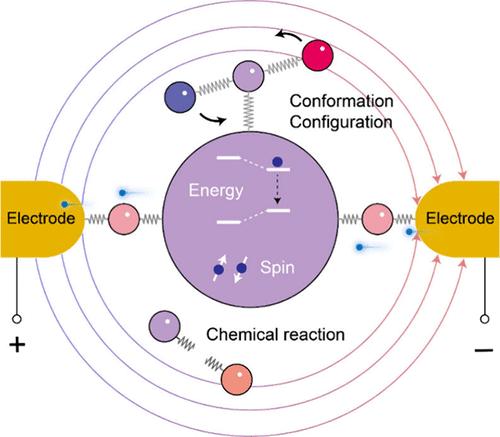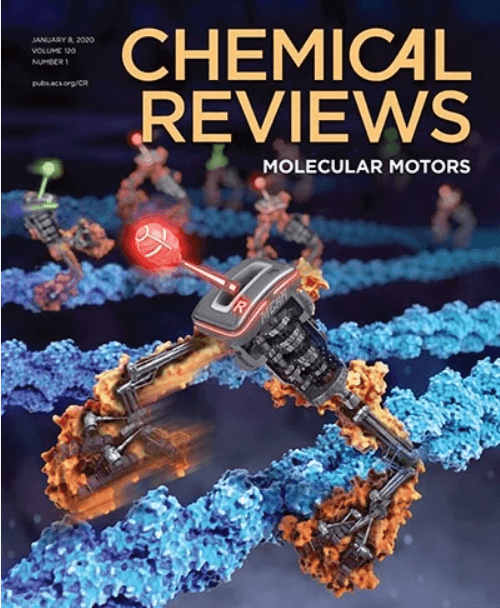Utilization of Electric Fields to Modulate Molecular Activities on the Nanoscale: From Physical Properties to Chemical Reactions
IF 51.4
1区 化学
Q1 CHEMISTRY, MULTIDISCIPLINARY
引用次数: 0
Abstract
As a primary energy source, electricity drives broad fields from everyday electronic circuits to industrial chemical catalysis. From a chemistry viewpoint, studying electric field effects on chemical reactivity is highly important for revealing the intrinsic mechanisms of molecular behaviors and mastering chemical reactions. Recently, manipulating the molecular activity using electric fields has emerged as a new research field. In addition, because integration of molecules into electronic devices has the natural complementary metal-oxide-semiconductor compatibility, electric field-driven molecular devices meet the requirements for both electronic device miniaturization and precise regulation of chemical reactions. This Review provides a timely and comprehensive overview of recent state-of-the-art advances, including theoretical models and prototype devices for electric field-based manipulation of molecular activities. First, we summarize the main approaches to providing electric fields for molecules. Then, we introduce several methods to measure their strengths in different systems quantitatively. Subsequently, we provide detailed discussions of electric field-regulated photophysics, electron transport, molecular movements, and chemical reactions. This review intends to provide a technical manual for precise molecular control in devices via electric fields. This could lead to development of new optoelectronic functions, more efficient logic processing units, more precise bond-selective control, new catalytic paradigms, and new chemical reactions.

利用电场在纳米尺度上调节分子活动:从物理性质到化学反应
作为一种主要能源,电力驱动着从日常电子电路到工业化学催化的广泛领域。从化学的角度来看,研究电场对化学反应性的影响对揭示分子行为的内在机制和掌握化学反应具有重要意义。近年来,利用电场操纵分子活性已成为一个新的研究领域。此外,由于分子集成到电子器件中具有天然互补的金属-氧化物-半导体兼容性,电场驱动的分子器件既满足电子器件小型化的要求,又满足化学反应精确调控的要求。这篇综述提供了一个及时和全面的最新的国家的最新进展,包括理论模型和原型装置的电场操纵分子活动。首先,我们总结了为分子提供电场的主要方法。然后,我们介绍了几种方法来定量地衡量它们在不同系统中的优势。随后,我们详细讨论了电场调控的光物理、电子传递、分子运动和化学反应。本文旨在为通过电场对器件进行精确分子控制提供技术手册。这可能会导致新的光电功能,更有效的逻辑处理单元,更精确的键选择控制,新的催化范例和新的化学反应的发展。
本文章由计算机程序翻译,如有差异,请以英文原文为准。
求助全文
约1分钟内获得全文
求助全文
来源期刊

Chemical Reviews
化学-化学综合
CiteScore
106.00
自引率
1.10%
发文量
278
审稿时长
4.3 months
期刊介绍:
Chemical Reviews is a highly regarded and highest-ranked journal covering the general topic of chemistry. Its mission is to provide comprehensive, authoritative, critical, and readable reviews of important recent research in organic, inorganic, physical, analytical, theoretical, and biological chemistry.
Since 1985, Chemical Reviews has also published periodic thematic issues that focus on a single theme or direction of emerging research.
 求助内容:
求助内容: 应助结果提醒方式:
应助结果提醒方式:


